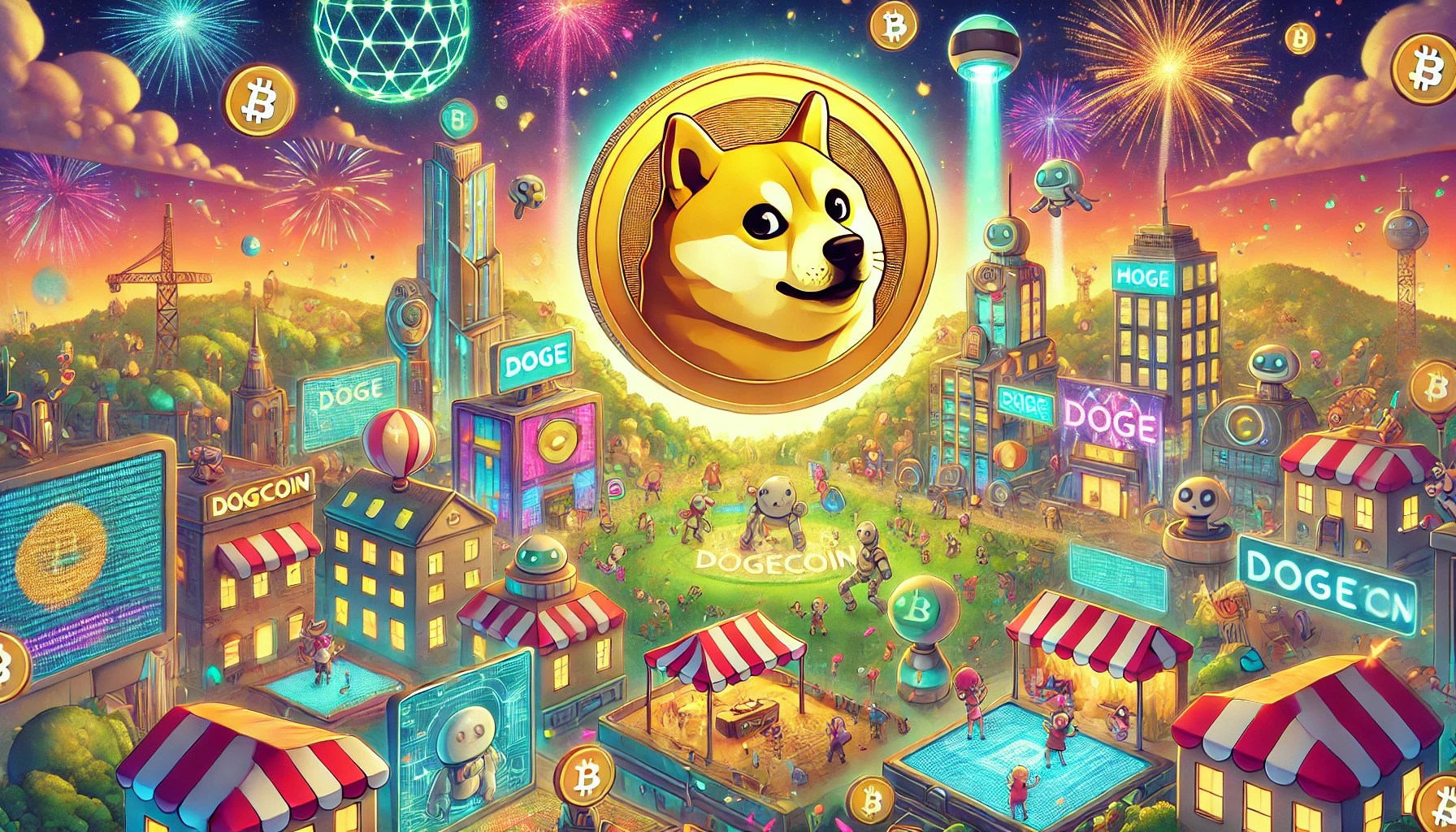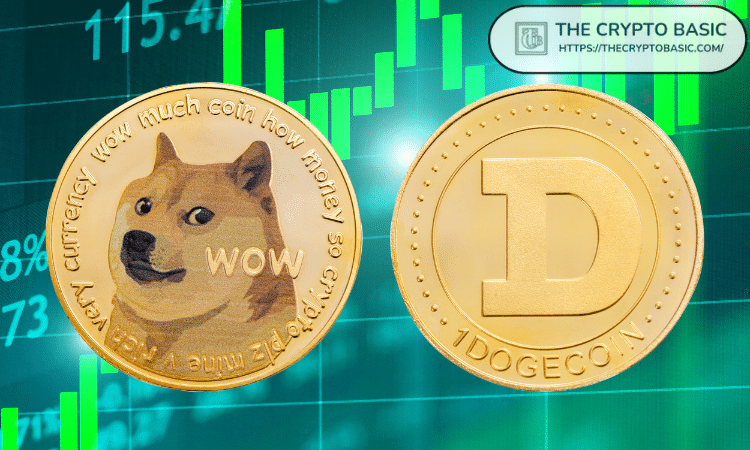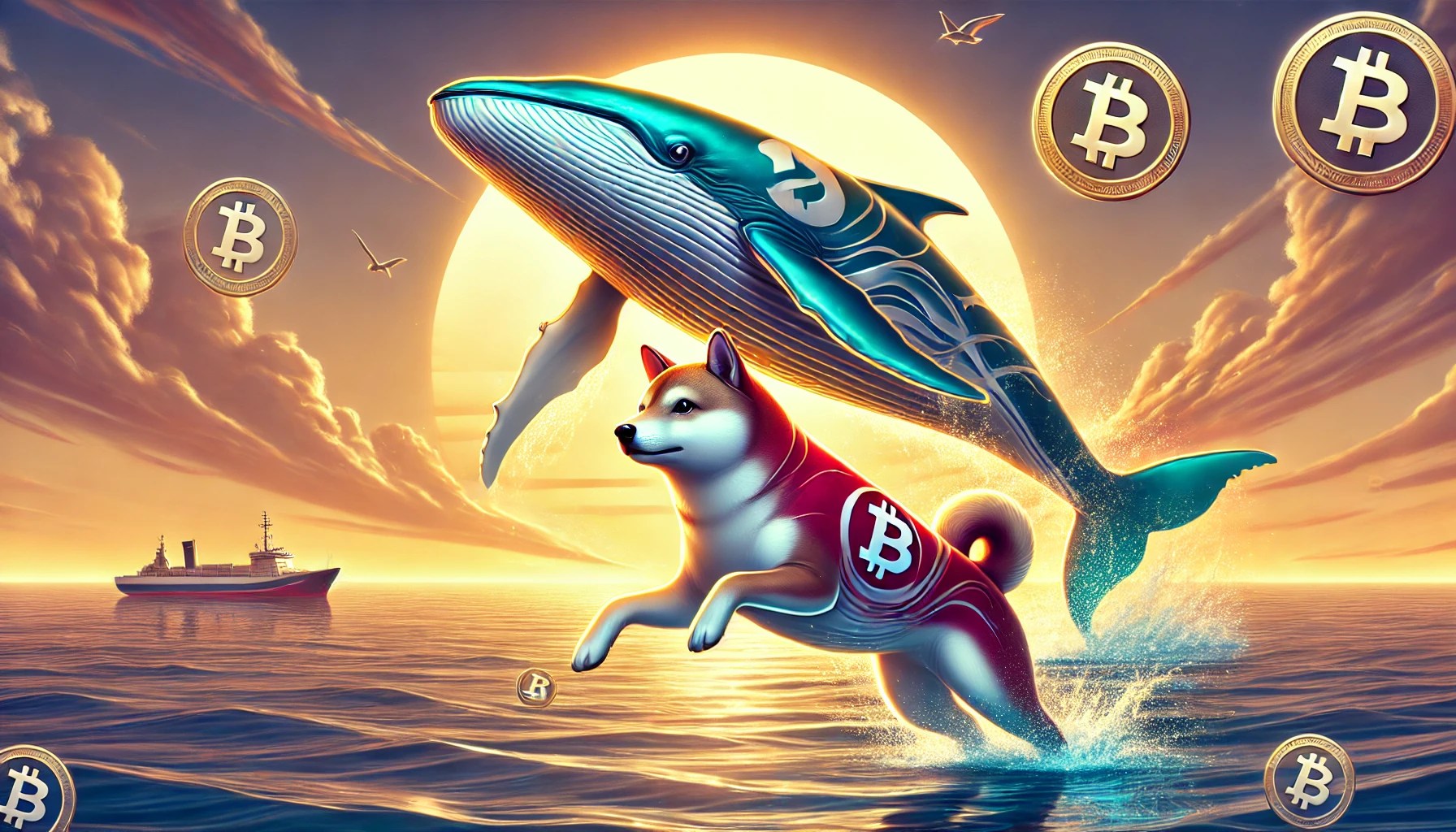As the cryptocurrency market continues to evolve, Dogecoin, once started as a meme, is seeing renewed efforts from its fervent community in a bid to push its price to $1 by 2024.

Dogecoin, conceived as a lighthearted jest in 2013, has garnered immense popularity as a cryptocurrency, largely owing to its community-driven initiatives and the enthusiasm of its supporters, who are aiming for the coin to reach a price of $1 by 2024. However, as the cryptocurrency landscape continues to evolve, several analysts are highlighting alternative cryptocurrencies that demonstrate greater potential for substantial returns due to their underlying technologies and use cases. This development raises questions about the future trajectory of Dogecoin.
Dogecoin was created by software engineers Billy Markus and Jackson Palmer as a playful alternative to Bitcoin. Over the years, it has gained a loyal following, bolstered in part by endorsements from celebrities and its use in online tipping. Now, a group of Dogecoin enthusiasts, known as “Doge bulls,” are rallying together to advocate for a price surge that would see Dogecoin reach the psychological barrier of $1. They believe that through community-driven initiatives, partnerships with businesses, and increasing adoption for transactions, Dogecoin can achieve this ambitious target.
Multiple factors contribute to this optimism. For one, the influence of prominent figures such as Elon Musk, who has voiced support for Dogecoin on multiple occasions, plays a key role. Additionally, the overall sentiment in the cryptocurrency market often becomes a self-fulfilling prophecy; a surge in positive news and community engagement can lead to a rise in price. However, reaching the $1 mark entails overcoming significant hurdles, including market volatility and competition from other cryptocurrencies.
In contrast to Dogecoin’s bullish supporters, many analysts are advocating for alternative cryptocurrencies with underlying technologies that demonstrate greater scalability, utility, or innovative features. Examples of such coins include Ethereum, known for its smart contract capabilities, and Solana, which is praised for its fast transaction speeds and low fees. These competitors have shown the potential to provide greater long-term returns on investment due to their extensive ecosystems and robust use cases.
Analysts mention that coins like Solana and Ethereum are being favored due to their ability to adapt and innovate in response to changing market demands. While Dogecoin remains a strong brand with an enthusiastic community, the fundamental utility of competitor coins may drive investor preferences towards assets that offer more than just a cultural phenomenon. As the crypto landscape becomes increasingly competitive, the notion of utility over popularity is gaining traction.
As 2024 approaches, the dynamics between Dogecoin and its competitors present a compelling narrative in the world of cryptocurrency. While the Doge bulls are optimistic about their beloved coin reaching the landmark of $1, they must also contend with a landscape rich in alternatives that promise not only gains but also technological advancement. The challenge remains for Dogecoin to evolve from its meme origins into a more functional cryptocurrency while continuing to rally its loyal supporters.
The above is the detailed content of Dogecoin vs. the Market: Can the Meme Coin Hit $1 by 2024?. For more information, please follow other related articles on the PHP Chinese website!
 Neiro, the Meme Coin Inspired by Atsuko Sato's New Dog, Raises Question MarksJul 30, 2024 am 03:20 AM
Neiro, the Meme Coin Inspired by Atsuko Sato's New Dog, Raises Question MarksJul 30, 2024 am 03:20 AMAs you've been following on Kriptokoin.com, meme coin projects are gaining a lot of traction in the crypto world, despite being risky.
 Neiro (NEIRO) Token Skyrockets to $100 Million Market Cap, Aims to Be the Next DogecoinAug 01, 2024 am 03:10 AM
Neiro (NEIRO) Token Skyrockets to $100 Million Market Cap, Aims to Be the Next DogecoinAug 01, 2024 am 03:10 AMThe crypto community might be set to witness the birth of the next Dogecoin following a recent announcement made by the beloved Kabosu's owner.
 Dogecoin (DOGE) Price Prediction: CHances of a Breakout and Trend Reversal Are Under Threat as the Bears Dominate the Falling WedgeJul 30, 2024 pm 06:51 PM
Dogecoin (DOGE) Price Prediction: CHances of a Breakout and Trend Reversal Are Under Threat as the Bears Dominate the Falling WedgeJul 30, 2024 pm 06:51 PMWith a major rejection in Bitcoin from the $70K mark, the broader market sentiment is at risk. Amidst the growing supply, the meme coins are at a crossroads
 Elon Musk Still Believes "There Is Merit" in Bitcoin and Some Other Cryptos, but Has No Plans to Promote ThemJul 30, 2024 am 09:21 AM
Elon Musk Still Believes "There Is Merit" in Bitcoin and Some Other Cryptos, but Has No Plans to Promote ThemJul 30, 2024 am 09:21 AMThe highly-awaited Bitcoin 2024 Conference came and went by without Tesla/SpaceX CEO Elon Musk making an appearance alongside former President Donald Trump
 Dogecoin (DOGE) Large Transaction Volume Spikes 29.27% to $1.1B, Network Activity JumpsJul 29, 2024 am 03:54 AM
Dogecoin (DOGE) Large Transaction Volume Spikes 29.27% to $1.1B, Network Activity JumpsJul 29, 2024 am 03:54 AMAccording to IntoTheBlock data, dog-themed cryptocurrency Dogecoin (DOGE) is reporting a staggering $1.1 billion in large transaction volume
 Memecoins Return to the Spotlight: Dogecoin (DOGE) Eyes $0.5, Shiba Inu (SHIB) Gears Up For a 2x JumpAug 01, 2024 am 03:36 AM
Memecoins Return to the Spotlight: Dogecoin (DOGE) Eyes $0.5, Shiba Inu (SHIB) Gears Up For a 2x JumpAug 01, 2024 am 03:36 AMMemecoins, a popular, if not the most widely known, crypto narrative, returns to the spotlight. Dogecoin (DOGE) and Shiba Inu (SHIB), the top memecoins and dog-themed cryptocurrencies, gather momentum for their next bull leg.
 Dogecoin And Shiba Inu Whale Transactions Rise As Crypto Whales Make Moves In Meme CoinsJul 25, 2024 pm 02:40 PM
Dogecoin And Shiba Inu Whale Transactions Rise As Crypto Whales Make Moves In Meme CoinsJul 25, 2024 pm 02:40 PMAs the market retraces from its weekend surge, Crypto whales are beginning to make moves in meme coins such as Dogecoin and Shiba Inu once again.
 Dogecoin (DOGE) Outlook Is Bullish As A Golden Cross Is Set To Appear On The Meme Coin’s ChartJul 26, 2024 pm 03:57 PM
Dogecoin (DOGE) Outlook Is Bullish As A Golden Cross Is Set To Appear On The Meme Coin’s ChartJul 26, 2024 pm 03:57 PMBased on history, such development could mark the beginning of a massive rally for DOGE.

Hot AI Tools

Undresser.AI Undress
AI-powered app for creating realistic nude photos

AI Clothes Remover
Online AI tool for removing clothes from photos.

Undress AI Tool
Undress images for free

Clothoff.io
AI clothes remover

AI Hentai Generator
Generate AI Hentai for free.

Hot Article

Hot Tools

SublimeText3 Chinese version
Chinese version, very easy to use

Dreamweaver Mac version
Visual web development tools

WebStorm Mac version
Useful JavaScript development tools

Notepad++7.3.1
Easy-to-use and free code editor

SecLists
SecLists is the ultimate security tester's companion. It is a collection of various types of lists that are frequently used during security assessments, all in one place. SecLists helps make security testing more efficient and productive by conveniently providing all the lists a security tester might need. List types include usernames, passwords, URLs, fuzzing payloads, sensitive data patterns, web shells, and more. The tester can simply pull this repository onto a new test machine and he will have access to every type of list he needs.






